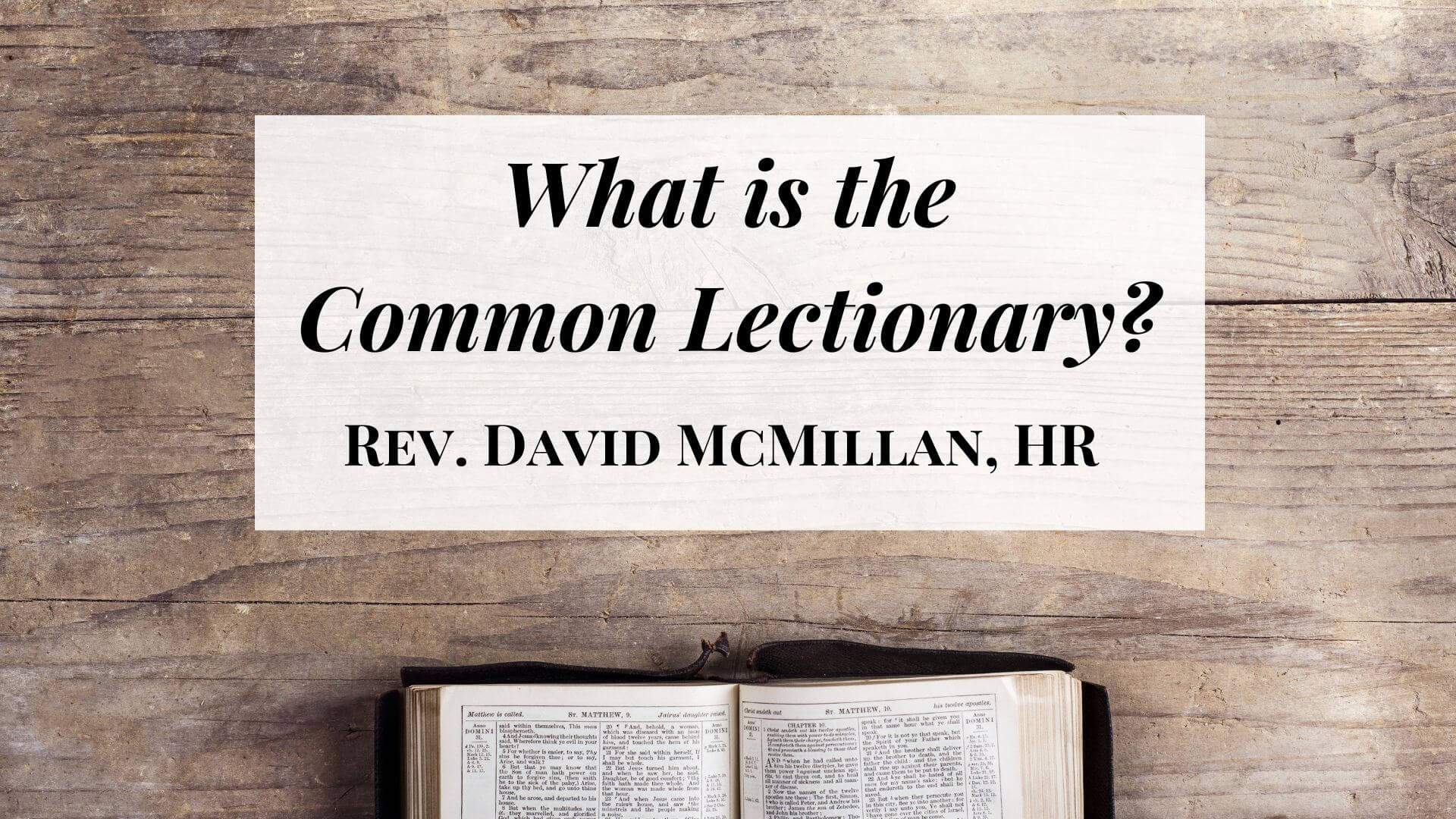
A lectionary is a list of Scripture readings for every Sunday and many of the special days in the Christian year. The Common Lectionary is a three year cycle of readings:
- Year A’s gospel is Matthew,
- Year B’s gospel is Mark; and
- Year C’s gospel is Luke.
Most of the time, Many pastors’ sermons are based on one of the readings assigned to that Sunday by the Common Lectionary.
What happens to John? His gospel is scattered throughout all three years. Are there only gospel lessons? No, the Common Lectionary usually has two texts from the Hebrew scriptures (Old Testament), one Psalm, one epistle (letter) and, now and then, a passage from Revelation.
Why a lectionary?
When priests and ministers preach from the same lectionary, congregations can then discuss these lessons across denominational differences. Further, the Common Lectionary is a discipline requiring the priest or minister to preach on the entire Bible rather than on a few favorite texts.
Where did the Common Lectionary come from?
The Roman Catholic Church has followed lectionaries for many years. In the 1960’s they created a new lectionary and Protestant church followed in creating their own lectionaries. In time, they got together to form the Common Lectionary.
Who uses the Common Lectionary?
Roman Catholics use it always, Episcopalians almost always. Methodists and Presbyterians often follow the Lectionary. Baptists rarely do, their objection being that any lectionary discourages imagination and inspiration.
If you wish to see the Common Lectionary, go to your search engine and type in “Common Lectionary.”





